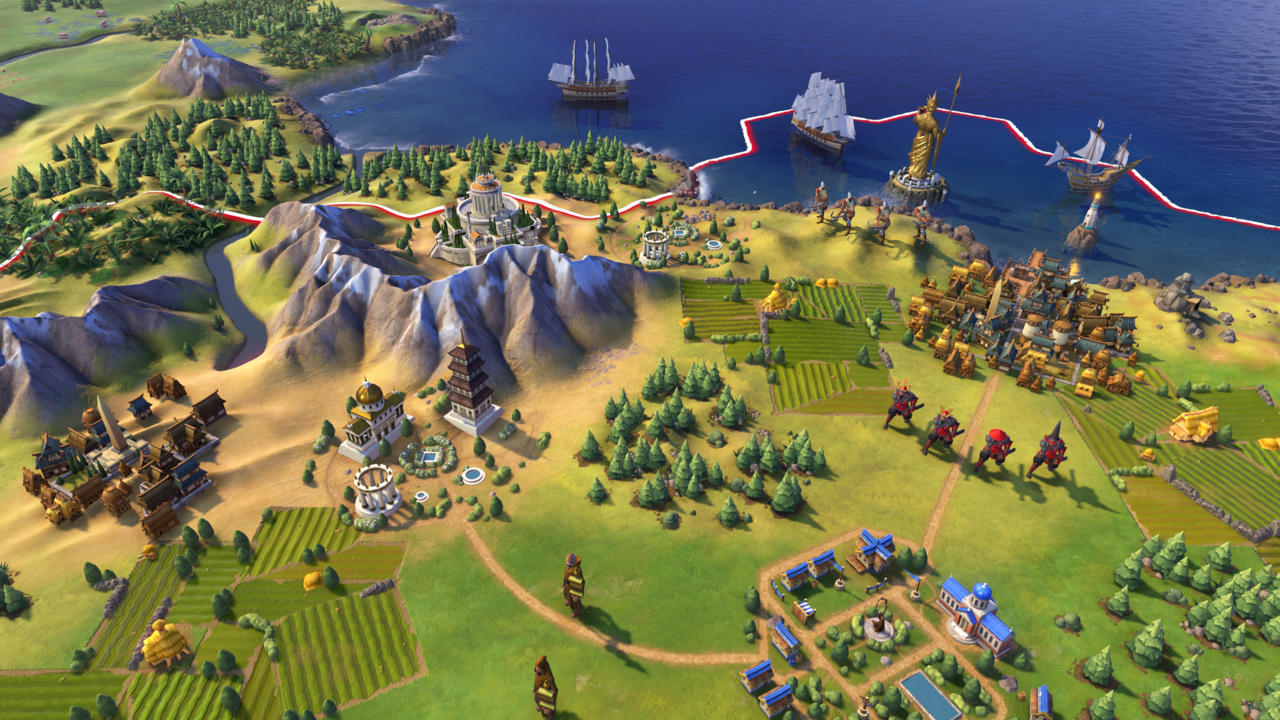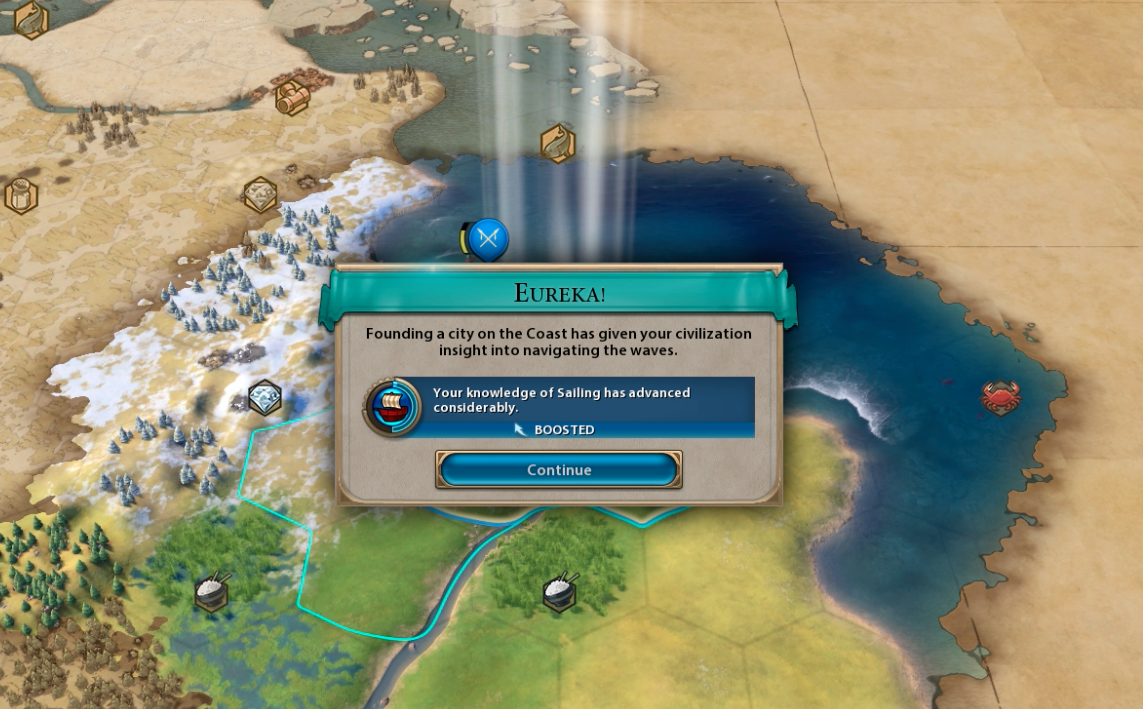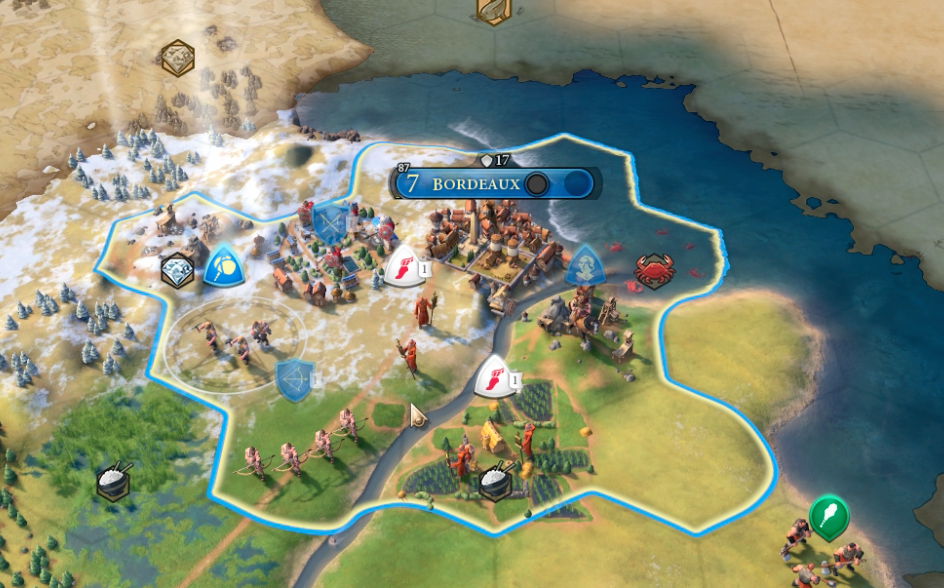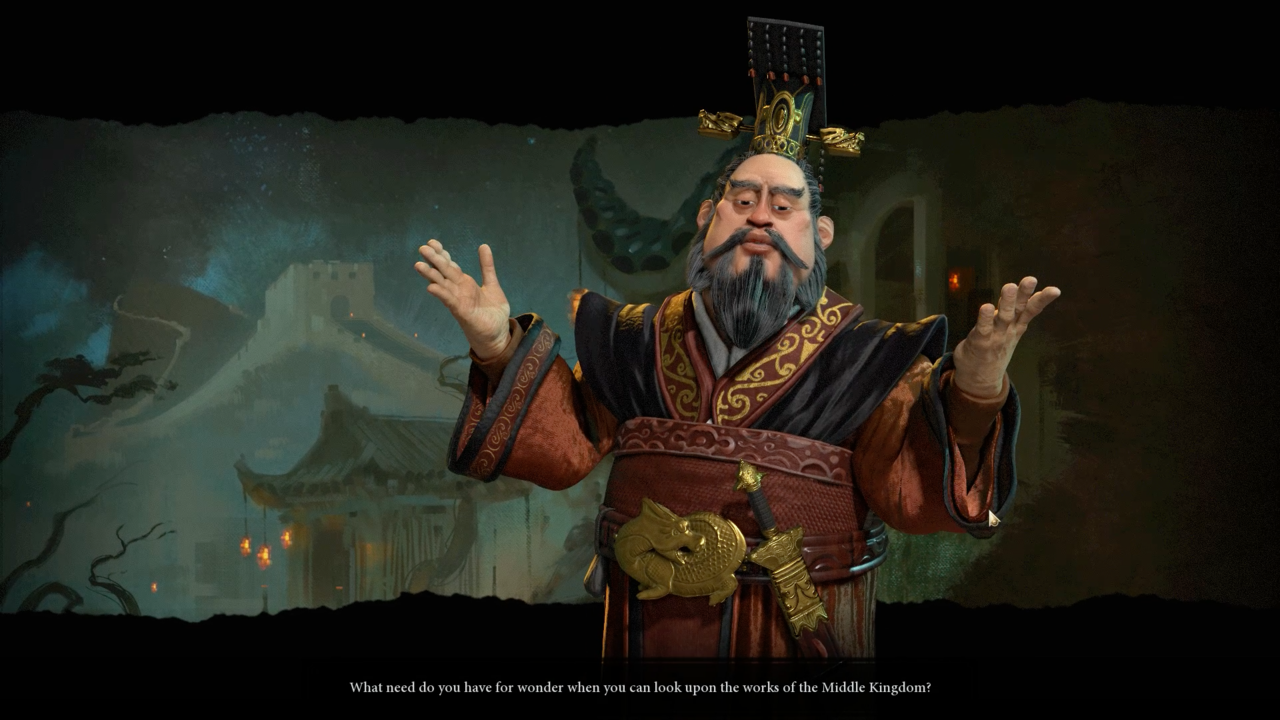Each Civilization game leaves a legacy. Civilization III introduced the culture system. Civilization IV expanded mod support. Civilization V unstacked military units and revamped how combat unfolded. With Civilization VI, developer Firaxis is trying to respect the foundation established by its predecessors, while also breaking the mold in its own compelling ways.
To do this, Firaxis is implementing not just a slew of minor tweaks, but also sweeping improvements that change how you view the world map, how your cities expand, how diplomacy affects your empire, and how you'll approach multiplayer this time around. We recently played 150 turns of Civ VI and compiled the five biggest changes we found.
Unstacked Cities
Much like how Civ V unstacked military units from shared tiles, its sequel is dispersing your cities into multiple sections. Now, cities aren't resigned to one tile, but broken up into districts, forming the skeleton of your sprawling metropolises.
So although your initial skyline will spring up right where your settlers break ground, your universities will be consigned to your campus district, your barracks to your encampment district, and so forth. You'll have to put a lot of thought into where you place these districts, too. Defensive encampments function better at choke points, campus districts receive scientific bonuses from adjacent mountains, and aqueduct districts need nearby rivers. This requires even more foresight when establishing new cities, forcing you to consider how the metropolises might unfold as the years roll by.
There's also the matter of military attack and defense: you don't want your industrial district falling to the enemy from the outset. On the other hand, you'll want to target the campuses of an enemy who's learned advanced technologies long before other civilizations. Unstacking cities creates ripple effects across many of the franchise's core mechanics.

Active Research
Much like unstacking cities makes Civ VI a more involved experience, so too does active research. Whereas previous Civ games asked you to increase the science output of your cities through luxury resources, map bonuses, or great scientists, Civ VI allows you to be much more proactive in pursuing the technologies you want.
The active research system essentially functions like a series of side quests. Say you want to research the wheel, for example: if you harvest a luxury resource in the time it takes to complete the project, you'll gain a boost to that tech, decreasing the number of turns you'll have to wait until the invention is yours. In a similar way, if you're battling a barbarian army and destroy three units, you'll receive a boost to your bronze-working research. Not only does this system give you boosts to technologies that are useful to your playstyle, but it can also pull you out of your comfort zone as you stumble upon incidental techs. The new mechanic encourages you to take action every chance you get.

Combined Arms
Battles can become rock-paper-scissor affairs in Civilization, as archers shoot down attacking spearmen, spearmen stop cavalry in their tracks, and cavalry trample warriors in quick and easy victories. But with Civ VI's new Combined Arms mechanic, which lets you stack certain units on top of others, there are more factors to consider in the turns before combat.
Say you're escorting a settler unit to the North, along that river you found that will inevitably empty into the ocean. In Civ games past, you needed to move military units alongside the settlers to protect them from enemy troops. Now, however, you can link a combat squad to the settler, removing the tedium of moving both units, and lending the defenseless settler some, well, defense.
It goes deeper than this, though. Later in your playthrough, when an enemy empire completes research on tanks and rolls these behemoths onto the plains, your foot soldiers won't be as helpless as they used to be: you can link anti-tank units with fellow infantry squads, increasing the joint group's survivability in the face of tanks. The Combined Arms system makes the rock-paper-scissor structure a little more nuanced, necessitating further foresight in the turns leading up to battle.

Leader Agendas
Previous Civ games have attempted to make enemy leaders memorable characters, not only through their artwork and dialogue, but their behavior throughout your playthroughs. With Civ VI's new historical and hidden agendas, Firaxis is coming closer to that goal.
If successful, these agendas will do two things: lend consistency to AI behavior, but also make each playthrough memorable. That is, historical agendas will follow each leader's real-world behavior: Teddy Roosevelt will bully other empires and use brute force when necessary; Qin Shi Huang will build as many wonders as possible; Pedro II and his Brazilian civilization will gravitate toward rainforests, and the benefits found therein.
Hidden agendas, on the other hand, will ensure that few playthroughs are exactly the same--to learn other leaders' clandestine plans, you'll need to pay close attention to how they spend their turns, whether by placing spies in foreign cities or conversing with allies to discern enemy plans. A large part of Firaxis' goal with Civ VI is to differentiate each playthrough from the next, and hidden agendas could make leaders capricious enough to achieve that objective.

Multiplayer Scenarios
Lastly, Firaxis is reworking how Civ multiplayer works. In previous installments, multiplayer campaigns were commitments, requiring anywhere from three to 10 hours to complete. They were time sinks that, like games of Monopoly, were rarely seen through.
With Civ VI's new multiplayer scenarios, though, you'll be able to sit down for 30 minutes or an hour and complete specific objectives in a world populated by other human players. These situations function much like the bite-sized scenarios in other Civ games, giving you advanced technology, large piles of gold, or an already-sprawling civilization to guide in the later turns of a pre-established empire.
These smaller chunks will function as the short form section of Civ VI. They offer much of the depth and nuance of longer playthroughs, but don't require the same time commitment, allowing you to experience the rush of betting against other humans in your race to conquer the world. It's a seemingly minor addition but, much like the aforementioned improvements, could create larger ripple effects in the months following Civilization VI's October 21 release.

